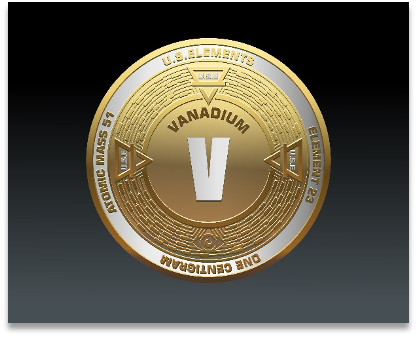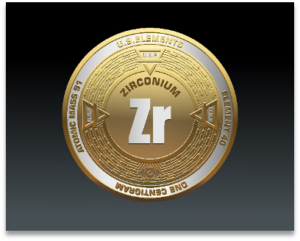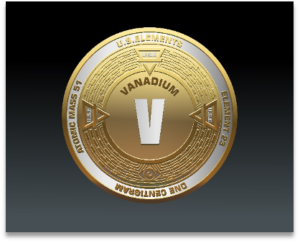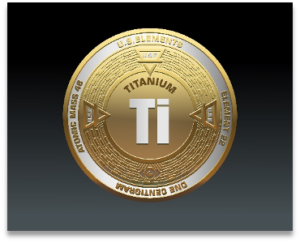Vanadium: The Metal That Reinvents Steel and Batteries
In the realm of critical minerals, vanadium is an unsung hero. Used primarily as an alloying agent to strengthen steel, vanadium also plays a key role in emerging energy storage technologies. With the launch of this fifty-first article in our Critical Minerals Series, we shine a spotlight on this versatile metal and its significance in national security, infrastructure, and the clean energy revolution.
Why the U.S. Needs Vanadium
Vanadium is indispensable to multiple industries, particularly in high-strength steel production, aerospace applications, and advanced energy storage. When added to steel, vanadium increases its tensile strength, making it a crucial component in military vehicles, pipelines, and high-rise buildings. However, its future importance may lie in vanadium redox flow batteries (VRFBs), a promising technology for large-scale renewable energy storage. Unlike lithium-ion batteries, VRFBs have a much longer lifespan and are highly scalable, making them an attractive solution for grid-level energy storage.
Where It’s Found Domestically
Although the U.S. has known vanadium deposits, domestic production remains limited. Vanadium is primarily extracted as a byproduct from uranium mining or recovered from industrial waste, such as petroleum residues and fly ash. Notable deposits exist in Nevada, Utah, and Colorado, with companies working toward reactivating U.S.-based production to reduce dependence on foreign sources.
Economic Realities
The global vanadium market is shaped by steel demand, technological advancements in battery storage, and supply constraints. China, Russia, and South Africa currently dominate production, leaving the U.S. vulnerable to supply chain disruptions. As demand for VRFBs grows, vanadium’s market value is expected to rise, reinforcing the need for a stable domestic supply.
Processing and Technological Innovations
Traditional extraction methods include mining and secondary recovery from industrial byproducts. Emerging techniques, such as bioleaching and solvent extraction, aim to improve efficiency and reduce environmental impact. The ability to extract vanadium from spent catalysts and steel slag presents an opportunity for sustainable supply chain development.
Abundance and Waste Recovery Potential
Vanadium is relatively abundant in the Earth’s crust (around 160 ppm), but economic extraction remains a challenge. Recycling industrial byproducts could significantly boost U.S. production and mitigate environmental concerns associated with mining.
Time to Market
From extraction to refinement, vanadium production can take several years, depending on infrastructure development and permitting processes. Advances in recovery from industrial waste could reduce these lead times.
Current and Future Applications
- Steel Alloys: Enhancing strength and durability for construction, defense, and transportation.
- Aerospace: High-performance titanium-vanadium alloys for aircraft and spacecraft.
- Vanadium Redox Flow Batteries: Large-scale energy storage for renewable grids.
- Catalysts and Pigments: Used in chemical processes and industrial applications.
Impact on Everyday Life
Vanadium quietly supports modern life. From the strength of bridges and skyscrapers to the efficiency of renewable energy storage, this metal is crucial in creating resilient infrastructure and enabling the transition to cleaner energy.
Consequences of Supply Shortages
A vanadium shortage could impact steel production, weaken national defense capabilities, and slow the adoption of grid-scale battery storage. Without a reliable domestic supply, the U.S. remains vulnerable to geopolitical instability in the global vanadium market.
Import Dependence
The U.S. imports most of its vanadium, primarily from China, Russia, and Brazil. Given the strategic importance of this metal, increasing domestic extraction and recycling efforts is critical to ensuring supply chain security.
Conclusion: Securing Vanadium for America’s Future
Vanadium is more than just a strengthening agent for steel—it’s a key player in the future of energy storage and infrastructure. The U.S. must prioritize domestic production, invest in recycling technologies, and develop strategic reserves to secure its supply.
As we extend our Critical Minerals Series beyond the original 50 minerals, vanadium stands as a testament to the evolving needs of industry and national security. Stay tuned as we continue to explore the minerals shaping America’s future.







